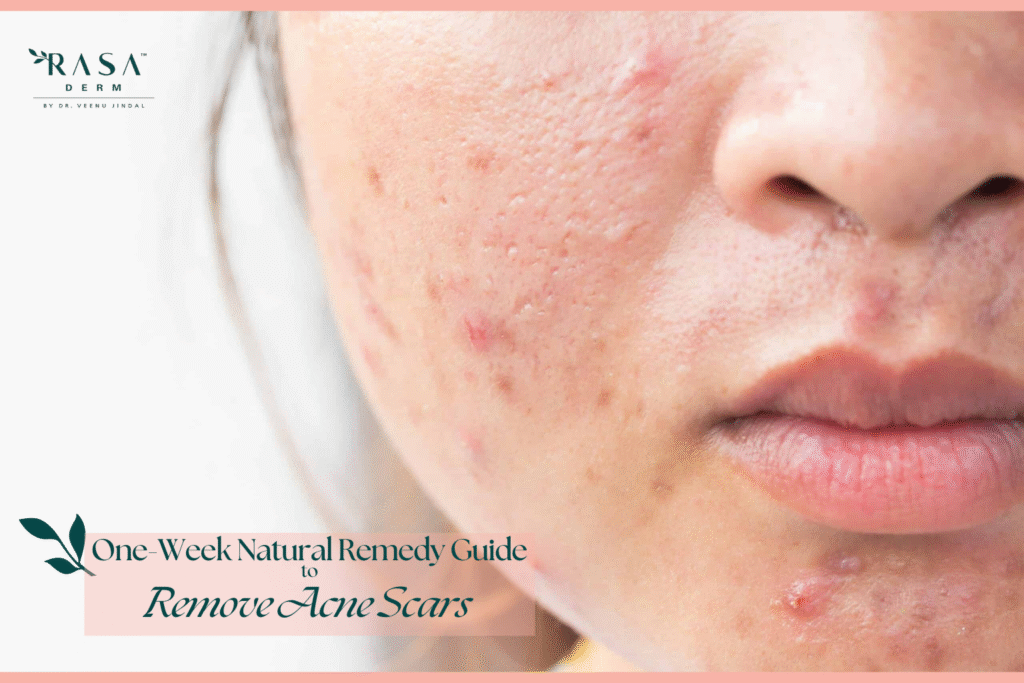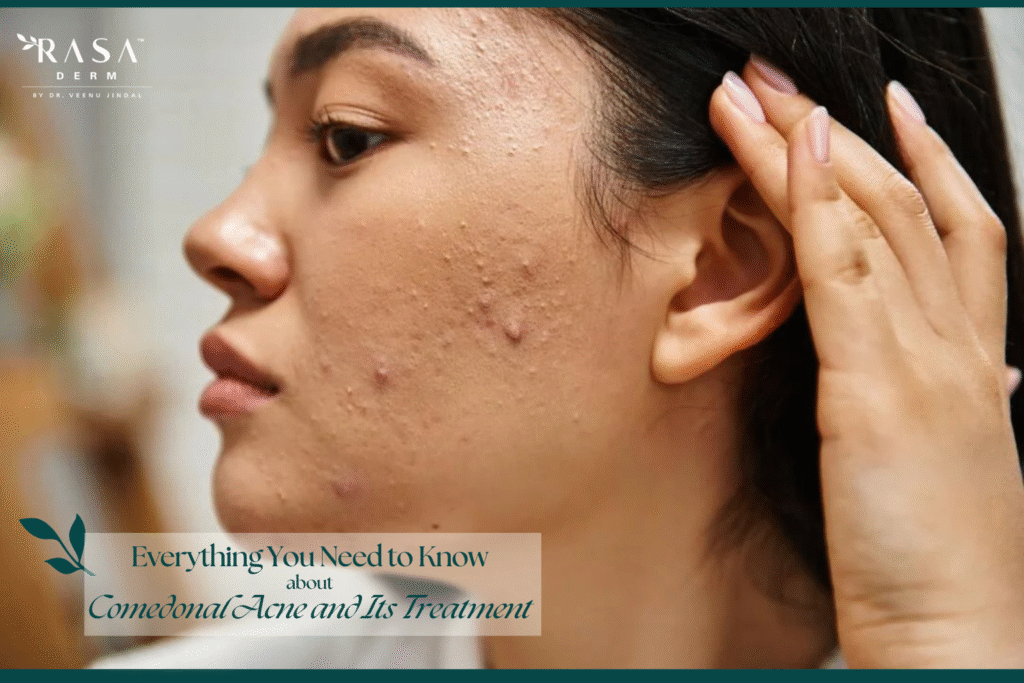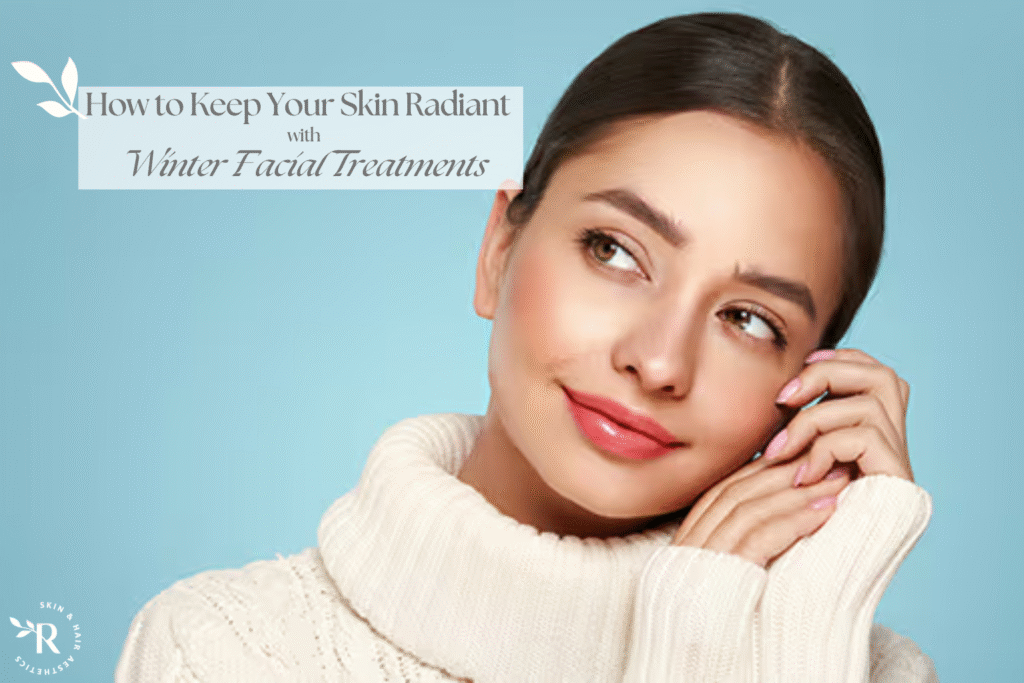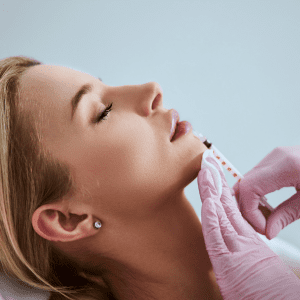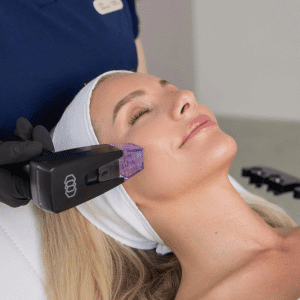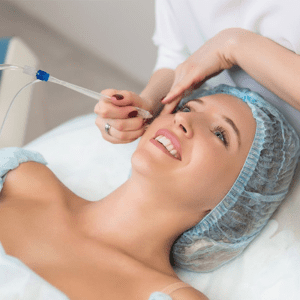In the realm of self-expression, permanent tattoos have carved a significant niche, allowing individuals to adorn their skin with intricate designs and meaningful symbols. However, as time passes, the allure of a tattoo might fade, leaving individuals with a longing to reclaim their pristine, ink-free skin. In such scenarios, the quest for a reliable and effective tattoo removal service begins. Situated in the heart of New Delhi, the Rasa Derm Skin and Hair Clinic emerges as a beacon of hope, offering a bloodless and effective solution for removing complex, stronger, and any type of tattoo. Under the expert stewardship of Dr. Veenu Jindal, an Expert Dermatologist in Delhi for Skin laser treatment, the clinic stands as a sanctuary for those seeking to erase the inked chapters of their past.
Unfortunately, many people resort to hazardous methods such as using salt, salabrasion, or sandpaper to get rid of tattoos. These traditional approaches can result in bleeding, necrosis of tissues, inflammation, loss of skin pigmentation, and scarring in the treated area. Moreover, these destructive methods carry a significant risk of causing skin infection and hypertrophic scarring, leaving individuals with more complications than they initially anticipated.
Brief on Tattoo Categories
In the vibrant tapestry of tattoo art, we find a myriad of categories, each with its own unique allure. From the raw essence of amateur tattoos to the finesse of professional ones, and the functional beauty of cosmetic tattoos to the accidental birth of traumatic tattoos, there’s a lot to explore. Let’s dive in!
Amature Tattoos
Amature tattoos are often the creations of individuals without formal training, embodying a raw and authentic vibe. These pieces might feature simple designs, yet they resonate with personal stories and experiences, making them truly one-of-a-kind.
Professional Tattoos
On the other end of the spectrum, we have professional tattoos, a realm where trained artists craft intricate and vibrant masterpieces. These tattoos stand out with their smooth lines and detailed designs, offering a canvas that narrates a vivid story through ink.
Cosmetic Tattoos
Cosmetic tattoos, also known as permanent makeup, serve a functional purpose, enhancing facial features to offer a long-lasting solution to daily makeup routines. Procedures like microblading and lip blushing are popular choices, providing a natural and flattering appearance.
Traumatic Tattoos
Traumatic tattoos are the unintended results of injuries where foreign substances get embedded into the skin. These tattoos are not planned and often carry a unique story, sometimes marking a painful memory or experience.
Benefits of Undergoing Laser Tattoo Removal Treatment
- Effectiveness in Ink Breakdown: Efficiently breaks down ink particles in the skin, making it easier for the body’s immune system to eliminate them and permanently remove tattoos.
- Non-Invasive Procedure: Does not involve cuts or incisions, thereby reducing the risk of infection and scarring for Tattoo Removal.
- Targeted Removal: Allows for the removal of specific parts of a tattoo without affecting the surrounding skin, maintaining the integrity of the unaffected areas.
- Versatility in Ink Color Removal: Capable of removing a wide range of ink colors, including the traditionally hard-to-remove blue and green pigments.
- Comfort and Quick Recovery: Advances in technology have made the procedure increasingly comfortable, with minimal pain and quick recovery times reported by many patients.
- Reliable Option: non-invasive Q-switched laser treatment Offers a reliable solution for individuals looking to remove unwanted tattoos effectively, with fewer side effects compared to other removal methods.
Process
Step 1: Consultation
- Assessment: During the consultation, the professional will assess the tattoo’s size, location, and ink colors to determine the best treatment plan.
- Personalized Plan: Develop a personalized treatment plan, considering factors like your skin type and the complexity of the tattoo.
Step 2: Preparing for the Treatment
- Skin Preparation: Clean the area thoroughly to remove any dirt or oils for Q-Switch laser for tattoo removal.
- Numbing Cream: Apply a topical numbing cream to the area to minimize discomfort during the procedure of Q-Switch laser for tattoo removal.
Step 3: The Treatment
- Laser Setup: The Q-switched laser machine is Used to Remove Permanent tattoos, selecting the appropriate wavelength based on the ink colors.
- Laser Application: The laser is applied to Remove a permanent tattoo in a series of pulses. The Q-switched laser works by breaking down the ink particles into smaller fragments.
- Cooling: A cooling device or cold pack may be used to soothe the skin and reduce swelling.
Step 4: Post-Treatment Care
- Aftercare Instructions: After the Laser Tattoo treatment, will provide you with aftercare instructions to help prevent infection and promote healing.
- Wound Care: Clean the treated area gently with soap and water, and apply an antibiotic ointment as directed.
- Sun Protection: Protect the treated area from sun exposure to prevent hyperpigmentation or hypopigmentation.
Step 5: Follow-Up Sessions
- Follow-Up Appointments: Schedule follow-up appointments as recommended by the technician to monitor the progress and adjust the treatment plan if necessary.
- Multiple Sessions: Understand that multiple sessions may be required to achieve the desired results, with each session spaced 6–8 weeks apart to allow for healing.
- Final Evaluation: Once the treatment is complete, have a final evaluation with the technician to assess the results and discuss any further treatments or skin care advice.
DO’S and DON’T’S
Dos:
- Follow Pre-Treatment Advice: Adhere to the pre-treatment advice given by the practitioner, which might include avoiding sun exposure and certain medications.
- Keep the Area Clean: Maintain hygiene by keeping the treatment area clean to prevent infections.
- Use Prescribed Ointments: Use any prescribed ointments or creams to aid in the healing process post-treatment.
- Stay Hydrated: Keep yourself hydrated, as it can aid in the healing process.
- Patience: Understand that tattoo removal is a process that requires multiple sessions and time to see results.
Don’ts:
- Avoid Sun Exposure: Refrain from exposing the treatment area to the sun for extended periods, as it can affect the healing process.
- No Picking or Scratching: Do not pick or scratch the treated area, as it can lead to scarring and infection.
- Avoid Swimming and Hot Tubs: Avoid swimming pools, hot tubs, and saunas to prevent infection and irritation in the treated area.
- No Harsh Skincare Products: Avoid using harsh skincare products on the treated area to prevent irritation and adverse reactions.
- Avoid Alcohol and Smoking: Refrain from consuming alcohol and smoking, as it can slow down the healing process.
- No Immediate Exercise: Avoid strenuous exercises immediately after the treatment, as it can cause swelling and irritation in the treated area.
Post-Treatment Care Tips
- Gentle Cleaning: Clean the treated area daily with mild soap and water, patting it dry gently to avoid irritation.
- Wound Care: Apply a thin layer of antibiotic ointment to prevent infection and cover with a sterile dressing.
- Manage Swelling: Use a cold compress to reduce swelling and take over-the-counter pain relievers if necessary, avoiding aspirin to prevent bruising.
- Hydration and Nutrition: Stay hydrated and maintain a balanced diet to support the healing process.
- Sun Protection: Avoid direct sun exposure on the treated area and use a high-SPF sunscreen once the wound starts to heal.
- Follow-Up Appointments: Attend all scheduled follow-up appointments to monitor the healing process and adjust the treatment plan as necessary.
- Patience and Time: Understand that tattoo removal is a gradual process requiring multiple sessions, and allow sufficient time for healing between sessions.
- Lifestyle Adjustments: Avoid swimming in pools or natural bodies of water and resist the urge to scratch or pick at the healing area to prevent scarring and infection.
FAQs
- How does Q-switch laser treatment work for permanent tattoo removal?
The treatment works by directing laser beams at the tattoo. The laser energy is absorbed by the ink particles, causing them to shatter into smaller fragments, which are then gradually removed by the body’s immune system.
- Is the Q-switch laser treatment painful for permanent tattoo removal?
The level of discomfort can vary between individuals. Some describe the sensation as similar to the snap of a rubber band against the skin. Topical numming cream can be used to minimize discomfort.
- How many sessions are generally required for tattoo removal using Q-switch laser treatment?
The number of sessions required depends on various factors, including the size, color, and age of the tattoo. Generally, it takes between 5 and 10 sessions, spaced 6 to 8 weeks apart.
- Can Q-switch laser treatment remove all colors of tattoos?
Q-switch lasers are effective in removing a wide range of colors, with certain wavelengths being more effective for specific colors. For instance, black and dark blue inks are usually easier to remove compared to lighter colors like green and yellow.
- What is the recovery time after undergoing a Q-switch laser session for permanent tattoo removal?
The recovery time can vary, but generally, the skin heals within 7 to 14 days post-treatment. It is important to follow the after-care instructions provided by the practitioner to facilitate proper healing.
- What is the laser tattoo removal cost in Delhi?
The cost of laser tattoo removal can vary depending on various factors, including the size and complexity of the tattoo.
- How long should I wait between two Q-switch laser treatment sessions for permanent tattoo removal?
It is generally recommended to wait 6 to 8 weeks between sessions to allow the skin to heal and the body to remove the broken-down ink particles.
Looking for the best laser tattoo removal in Delhi near me? Book a consultation with the best skin doctor for laser tattoo removal in Delhi, Dr. Veenu Jindal, at Rasa Derm laser tattoo removal clinic in Delhi.



